I have created video chat app using webRTC and Django channel.My app working 90% of time properly when using it in the same network but fail when using it on a different network.I am not able to see a video of remote person when using it on a different network.
I used chrome://webrtc-internals/ to trace my webRTC response and I got iceconnectionstate : failed when called using different network
Below screenshot is taken when I got success in the same network 
And after success also it gave addIceCandidateFailed error on the same network but video calling works properly and this error comes only in chrome but not in firefox. Below is the screenshot 
Below is my STUN/TUNE server configuration which is free.I got this from one of the StackOverflow links.
var peerConnectionConfig = {
iceServers: [{
urls: ["turn:173.194.72.127:19305?transport=udp",
"turn:[2404:6800:4008:C01::7F]:19305?transport=udp",
"turn:173.194.72.127:443?transport=tcp",
"turn:[2404:6800:4008:C01::7F]:443?transport=tcp"
],
username: "CKjCuLwFEgahxNRjuTAYzc/s6OMT",
credential: "u1SQDR/SQsPQIxXNWQT7czc/G4c="
},
{
urls: ["stun:stun.l.google.com:19302"]
}
]
};
Below is my webRTC javascript code
$(function() {
var initiator,pc;
var isSender = false;
var peerConnectionConfig = {
iceServers: [{
urls: ["turn:173.194.XX.127:19305?transport=udp",
"turn:[2404:XXXX:XXXX:C01::7F]:19305?transport=udp",
"turn:173.194.XX.127:443?transport=tcp",
"turn:[2404:XXXX:XXXX:C01::7F]:443?transport=tcp"
],
username: "XXXXXXXXXX",
credential: "YYYYYYYYYYY"
},
{
urls: ["stun:stun.l.google.com:19302"]
}
]
};
$.ajax({
type: "GET",
url: '/isRoomExist/?roomName=121' ,
beforeSend: function() {},
success: function(data) {
data = JSON.parse(data);
initiatorCtrl(data[0].flgInitiator);
}
});
var ws_scheme = window.location.protocol == "https:" ? "wss" : "ws";
var chatsock = new ReconnectingWebSocket(ws_scheme + '://' + window.location.host + "/chat" + window.location.pathname);
function initiatorCtrl(event) {
if (event == "fullhouse") {
alert("full house");
}
if (event == "initiator") {
initiator = false;
init();
}
if (event == "not initiator") {
initiator = true;
init();
}
}
function init() {
var constraints = {
audio: true,
video: true
};
getUserMedia(constraints, connect, fail);
}
function connect(stream) {
pc = new RTCPeerConnection(peerConnectionConfig);
if (stream) {
pc.addStream(stream);
$('#local').attachStream(stream);
}
pc.onaddstream = function(event) {
$('#remote').attachStream(event.stream);
logStreaming(true);
};
pc.onicecandidate = function(event) {
if (event.candidate) {
chatsock.send(JSON.stringify(event.candidate));
isSender = true;
}
};
if (initiator) {
createOffer();
} else {
log('waiting for offer...');
}
logStreaming(false);
chatsock.onmessage = function(event) {
var signal1 = JSON.parse(event.data);
var signal = JSON.parse(signal1);
if (isSender) {
isSender = false
} else {
if (signal.sdp) {
if (initiator) {
receiveAnswer(signal);
} else {
receiveOffer(signal);
}
} else if (signal.candidate) {
pc.addIceCandidate(new RTCIceCandidate(signal));
}
}
};
}
function createOffer() {
pc.createOffer(function(offer) {
pc.setLocalDescription(offer, function() {
chatsock.send(JSON.stringify(offer));
isSender = true;
}, fail);
}, fail);
}
function receiveOffer(offer) {
pc.setRemoteDescription(new RTCSessionDescription(offer), function() {
pc.createAnswer(function(answer) {
pc.setLocalDescription(answer, function() {
chatsock.send(JSON.stringify(answer));
isSender = true;
}, fail);
}, fail);
}, fail);
}
function receiveAnswer(answer) {
pc.setRemoteDescription(new RTCSessionDescription(answer));
}
function log() {
console.log(Array.prototype.join.call(arguments, ' '))
console.log.apply(console, arguments);
}
function logStreaming(streaming) {
$('#streaming').text(streaming ? '[streaming]' : '[..]');
}
function fail() {
console.error.apply(console, arguments);
}
jQuery.fn.attachStream = function(stream) {
this.each(function() {
this.src = URL.createObjectURL(stream);
this.play();
});
};
});